What really separates curation from filtration is context — specifically a curator providing the reader the necessary context within which the filtered content should be consumed in order for it to make sense and have value to the reader.

|
Scooped by
Guillaume Decugis
onto Content curation trends March 10, 2015 11:45 AM
|




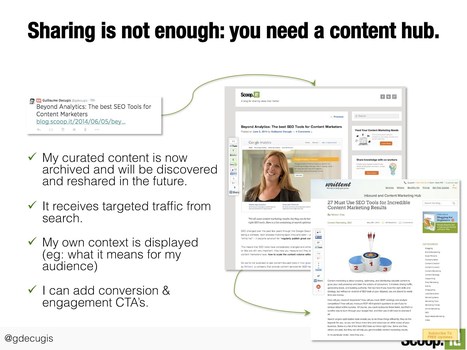

 Your new post is loading...
Your new post is loading...
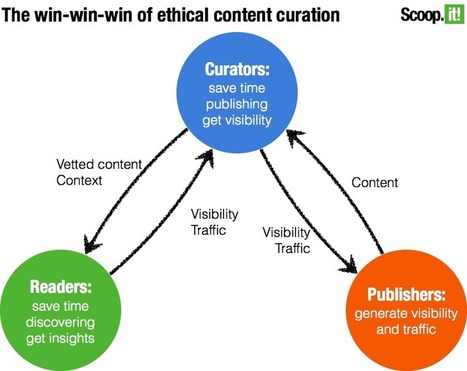


























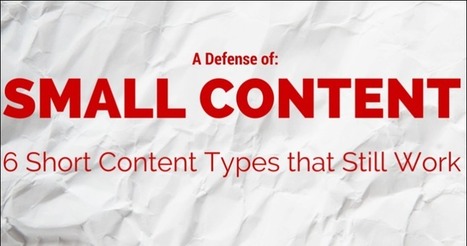






















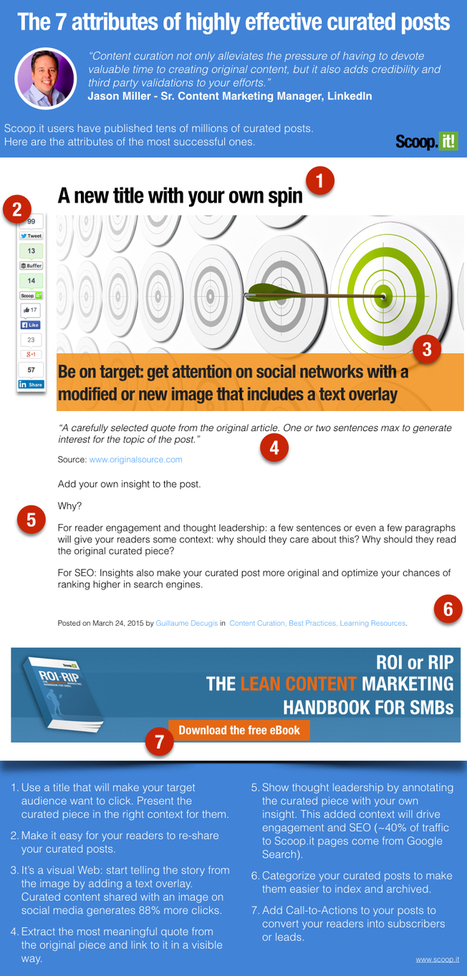


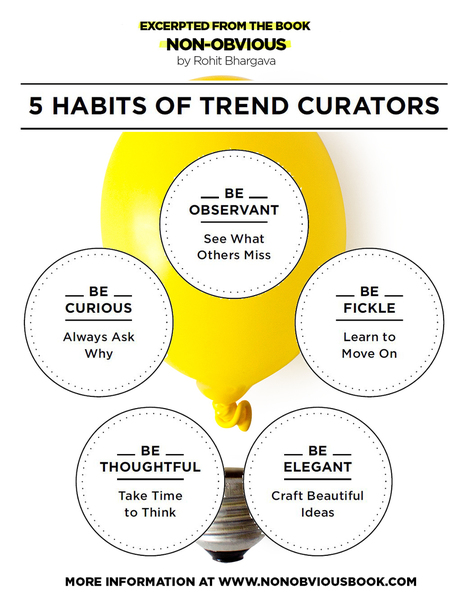





In the age of information overload, content has little value without context. It became a commodity which we're seeing a huge amount of flowing on our news feeds. This is a problem but also a great opportunity to show expertise: to explain, connect the dots, add value by positioning content in the context of a relationship with au audience.
As this post's author Tom Martin highlights in this post, the logical conclusion is that this presents a challenge:
How can you add context and value in 140 characters on Twitter? How can your 200-word explanations compete with LOL cats on Facebook?
By using a content curation hub.
What do we mean by that?
Instead of sharing links and limiting your context to whatever fits in your tweet or focusing on grabbing attentions on Facebook, you can publish your curated content as a post on your blog (or if you don't have one, a Scoop.it topic page) which gives you plenty of opportunity to elaborate.
There are several benefits with doing that:
1. By sending your social media audience to a page where they can show your curated content with added context and value, you can build that trust with your readers and show your expertise. And therefore what Tom Martin calls the content curation challenge.
2. Readers can easily see related content which will engage them more and reinforces your importance to them.
3. Your curated content can now be rediscovered in the future, in particular through search engines.
4. You can add conversion hooks and call to actions to get in touch with your company, buy your products, etc...
So if you're just tweeting links, you're missing out.